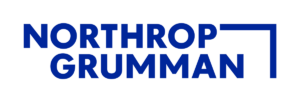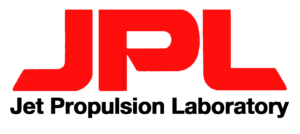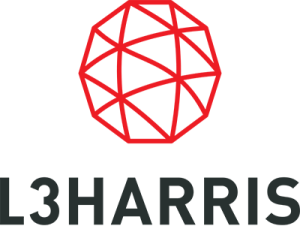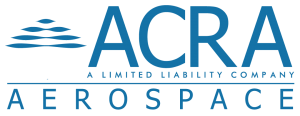Talent Management Strategies

Talent Management experts have widely varying prescriptions for success. Too often, you have to wade through 20+ pages of corporate buzzspeak to find one or two nuggets of “how to” that you can really use. Do you really want to read sentences like this: Talent management is a comprehensive, seamless, systemic end-to-end process to fully integrate your human capital strategy to ensure that every step in your staffing / on-boarding / compensation / retention / training and personnel development is aligned with a proactive philosophy and policies and procedures involving getting the right people with the right skills in the right place.
Our take on the basics of good talent management starts with the premise that every company’s talent management strategy can be distilled down to one word: Quality. Very simple: Better people, better hires, better results.
Here are the basic ingredients of a sound Talent Management Strategy:
Staffing Goals: Develop a skills matrix analysis – what do you need, what do you have, where are the gaps? Project bench strength and successorship planning into this.
Position Profiles: Job descriptions must be based on SMART goals – specific measurable objectives that impact your bottom line – not a stale laundry list of skills. The performance based profile becomes a personal business plan for the new hire. “A” players love this.
Sourcing: The hot button issue for most employers, and the most frequently mentioned “pain” in talent management. You (or a third-party vendor) must have a plan to source “A” players – those people not now looking for a job. Attracting only those who are looking for a job is proving insufficient to get “A” players.
Evaluation: Performance based interviews (not competency based) explore the candidate’s specific ability to produce a tangible result. Turn your objectives into questions, and dig deep to find the evidence of capability.
Recruitment: If your hiring managers take the “what makes you think you should work here” approach to interviewing, “A” players won’t be interested. Give them better tools so they can do a better job. And, you must sell the prospect on the benefits of working at your company, not just evaluate their ability.
On-boarding and retention: Why do “A” players say yes? Why do they stay? A chance to make an impact. Real, clearly understood challenges. Personal meaning in their work. A supportive culture with continuous learning. Appreciation, coupled with appropriate rewards. Growth opportunities. Provide these attributes, or risk losing your best people to those who can.
Performance Management / Compensation: Specifying performance objectives makes management and appraisal easier. Compensation must be at least partly performance based, providing incentives for the specific results you want. This is doable from the lowest to the highest level of your organization.
These basics would get most companies 80% along on a solid Talent Management path.
What you might not need: Unless you are a Fortune 1000 company, you might not need to fully automate your TM processes. A decent applicant tracking system that integrates HRIS after the hire is adequate. You also might not need computer or paper based assessment tools, which are the cornerstone of many TM consultants’ offerings. A good performance-based evaluation interview is better than any test printout at predicting success. I’m also convinced that there is too much emphasis on designing teaming, engagement, 360’s, etc. These useful processes happen naturally in a performance-focused environment.
Keep it simple, and focus on quality in your entire talent plan, and let the above brief approach guide you to better results.
























